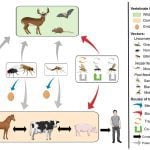Farmers and crop consultants in Western Canada have slightly different approaches to manage weather-related fertilizer application risks. With variable moisture, do you apply the full amount at seeding and hope for rain — or find another way? Most producers contacted by Grainews opt for some version of split fertilizer application when facing dry growing conditions […] Read more













